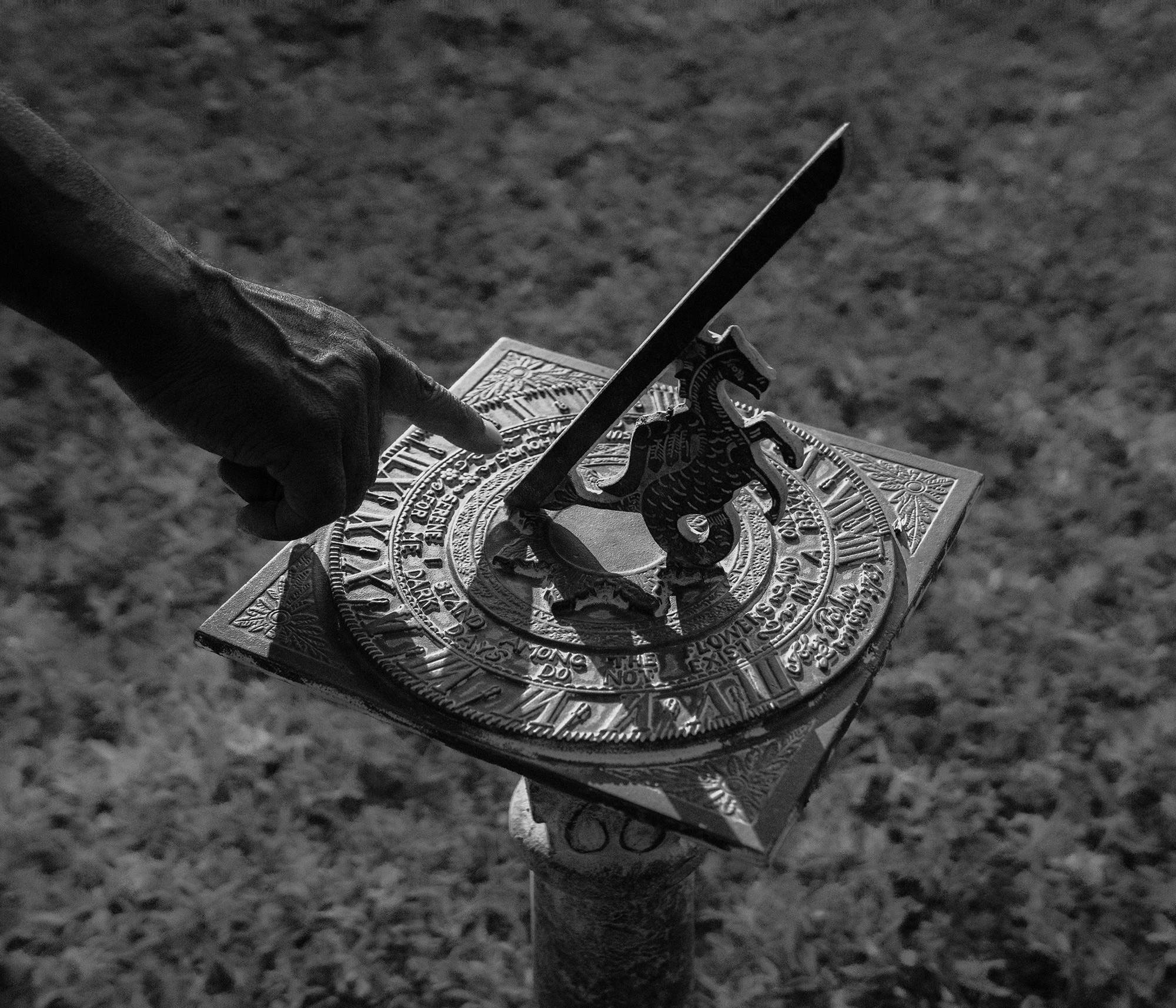
MPB Meets: Documentary Photographer Mateo Ruiz González
Published March 12, 2025 by MPB
Photographer and photo editor Mateo Ruiz González recently completed a residency with Eyes on Main Street, using camera gear from MPB, and has been featured in National Geographic, Pulitzer Center and the British Journal of Photography. In this interview with MPB, Mateo Ruiz González discusses Chilluns’ Croon — his documentary photography project in Wilson County, North Carolina — and shares his background, influences and camera gear.
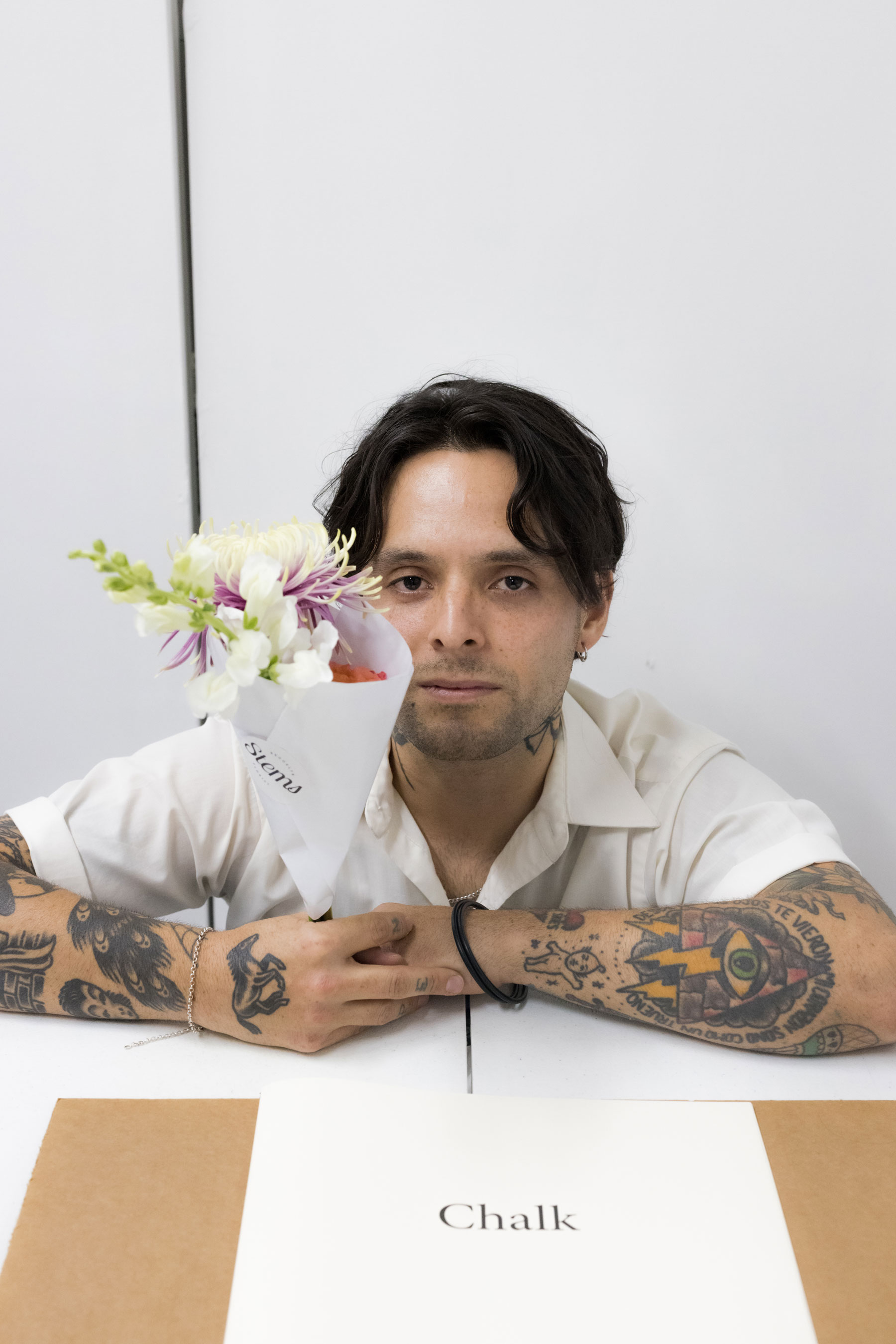
MPB: Can you tell us about your journey?
MRG: I was born in Bogota, Colombia in 1989. I was only one year old when Freddy Rincon scored a last-minute goal for Colombia, right in between the goalie's legs against Germany in the World Cup in Italy in 1990. I moved to Buenos Aires, Argentina at an early age and went to school for graphic design and art history. Photography was just an accident/something that happened outside of school for me, starting back in those times in Argentina. I moved to NYC in 2013, and I’ve been trying to leave since then.
Restaurant jobs have been my main income since I moved to NYC, and have allowed me to travel the state and country shooting. A few years back I found time to start working on my own publisher Antics Publications, which I co-founded and operate with another photographer Pablo Mejia and writing editor Anna Bradley-Smith. My photography has been featured in National Geographic, the Pulitzer Center, and the British Journal of Photography, among others.
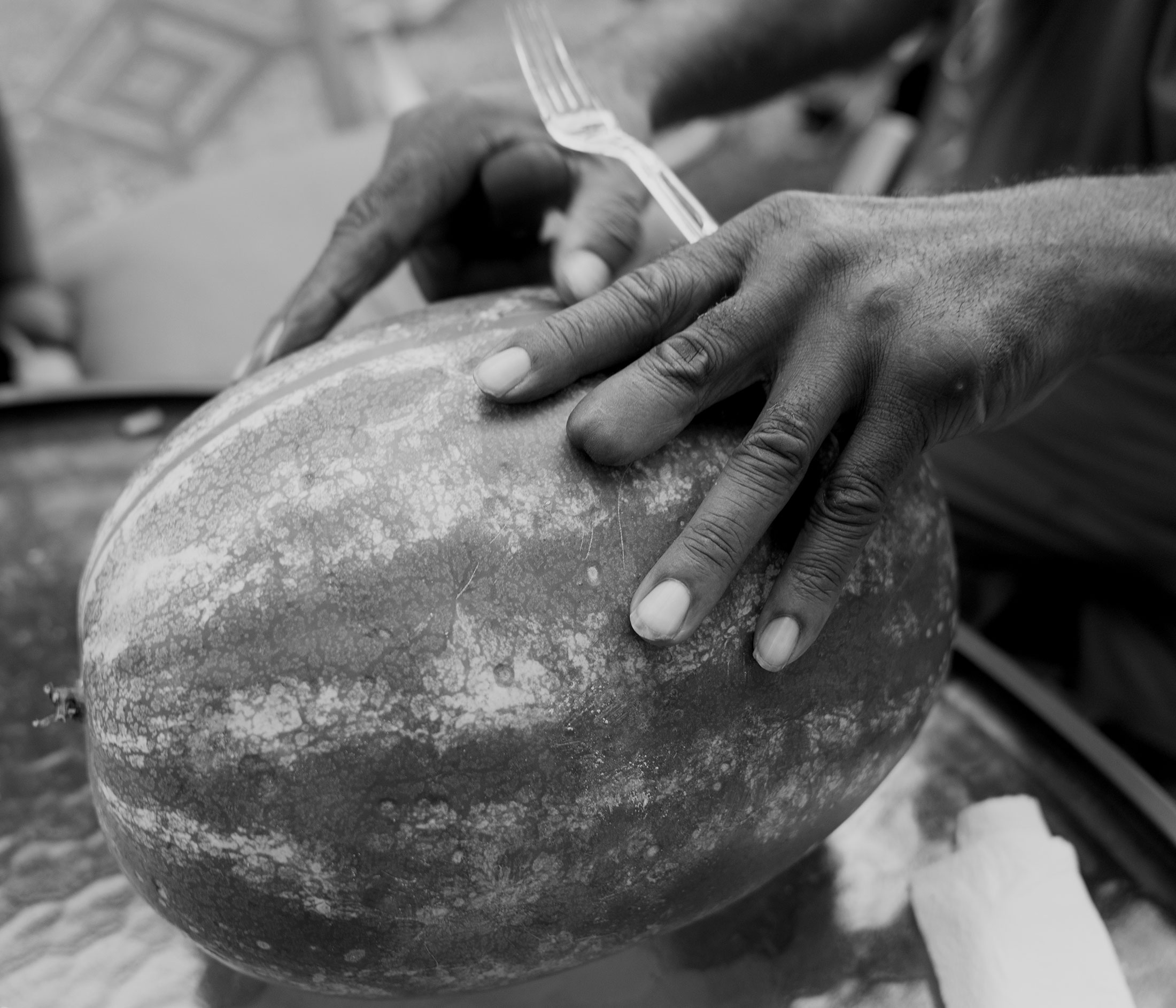
MPB: Tell us about your residency with Eyes on Main Street. How did this come to fruition?
MRG: During the pandemic, I was finally able to invest 100% in my photography work, so I decided to apply to every single grant, open call and residency. While in an Instagram hole, I was digging through the profile of Julia Gillard, a really talented photographer based in NYC who I’d had the pleasure of working with in the past, and found a post she shared about having some of her work shown at this photography festival in North Carolina.
The festival is called Eyes on Main Street and is run by Jerome De Perlinghi, a documentary and street photographer from Belgium who is based in Wilson, North Carolina (the town where the festival takes place). Jerome and Eyes on Main Street also have a one-month residency programme for photographers from all over the world, hosting twelve residencies a year.
I applied. The next thing I knew, August 2021 came. I was in Wilson, North Carolina, walking through tobacco and corn fields and eating watermelon on the roof of my rental van. It was the most beautiful project I’ve worked on in my career.
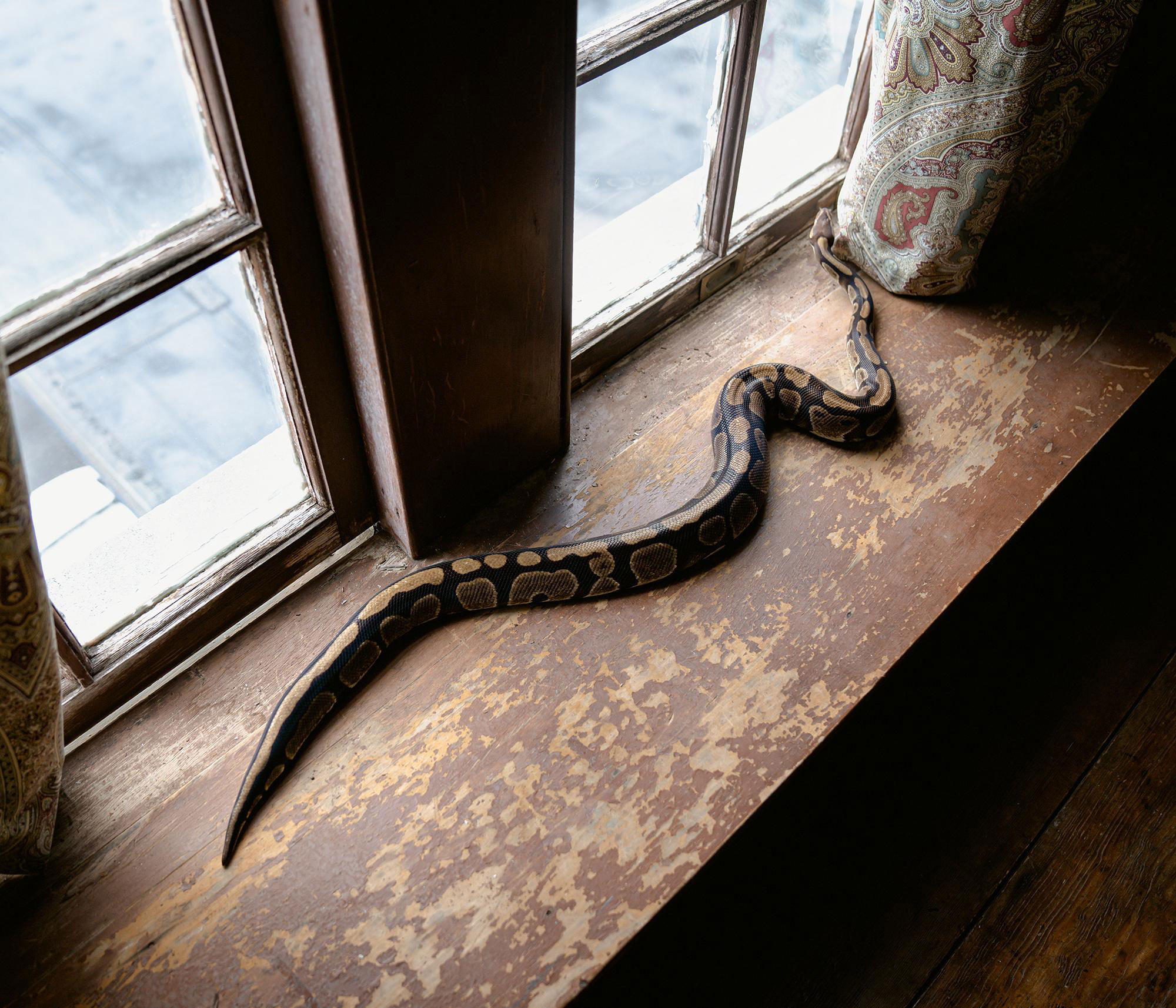
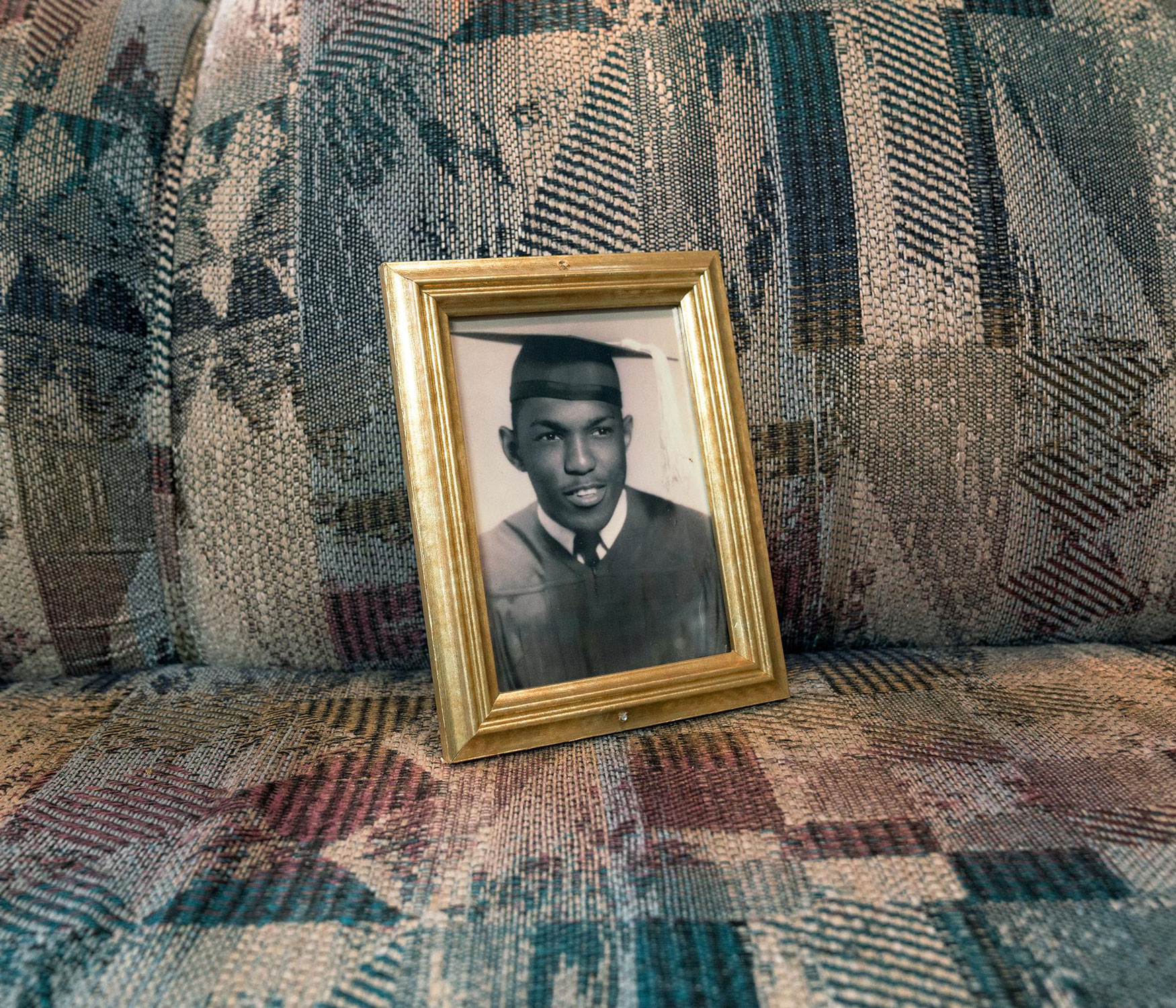
MPB: What about your camera gear?
MRG: I used the Pentax 67 and Mamiya Leaf, as well as the Sony A7R II that MPB let me use for this project. This was my very first time shooting digitally, and it opened a lot of different possibilities for my practice. It gave me beautiful images and, for some reason, challenged me to work harder on the film shots. It was the first time I could see how the images looked, and they did look great, don't get me wrong, but this made me even more meticulous with my film.
Other than that, I shot on Kodak Portra 400 and Tri-max 400 film. I also used a Manfrotto tripod, a shutter release and a Sekonic L-358 light meter. I got that light meter as a prize from MPB, for being a shortlisted artist for their open call America Here and Now with the British Journal of Photography.
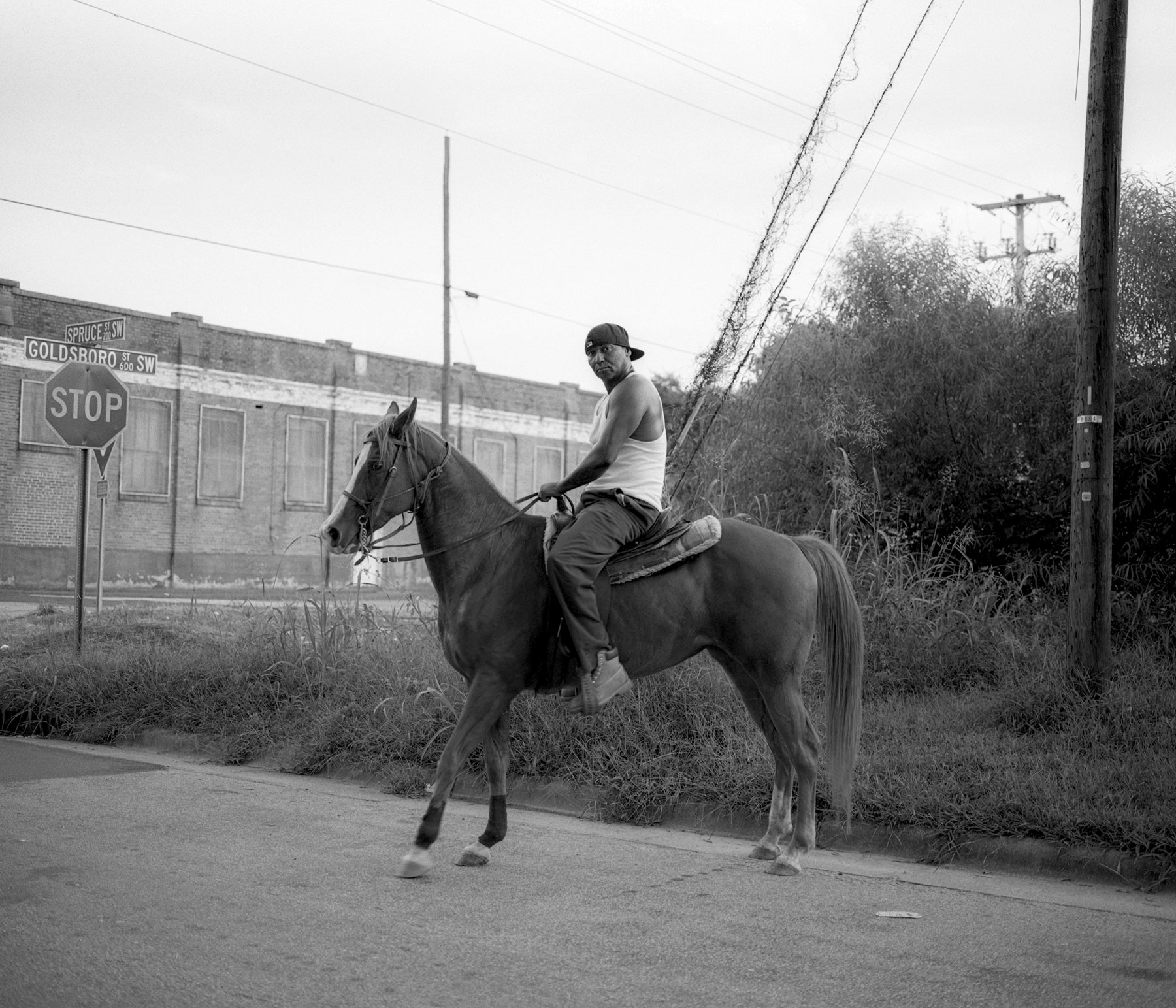
MPB: Can you tell us more about the project?
MRG: I didn't know what to expect from the residency or from the little town of Wilson, but I did know that I wanted to work on something that could shake me, something that could put me out of my comfort zone, and I knew I needed to find something important, something with value, and something that I could look back and feel proud of.
While doing my research about Wilson, North Carolina, I found a blog called Black Wide-Awake, a blog of documents of genealogical and historical interest on Wilson County’s African American history that is run by Lisa Y. Henderson, who was born and raised in the town. It took me about a week to realise I had been reading this blog non-stop. Slavery was one of, if not the biggest, topics she focused on, and I was fascinated and filled with all these weird feelings that I didn't know how to manage. So I reached out to Lisa, and she kindly agreed to have a call with me.
Before my call with Lisa, I was feeling insecure about not being African American, and I didn't want to overstep or be disrespectful. After an hour of chatting and with some minutes left before our Zoom call ran out of time, I was totally amazed by her work and she had given me that little push I needed. We decided to stay in touch and work together on possible scenarios that could work for my project because I still needed to find the right key to open the door to this.
2020 was a year of awakening that brought so much pain to us, not just because of the hard times the world was going through with the pandemic but because of all the sad social issues we witnessed and finally were taking action on. As an immigrant, all of that hit hard. Being away from home and not being able to help was a frustration that I wanted to get around by doing something meaningful.
Social inequality, racism, the refugee crisis, and poverty, among other issues, were so noticeable during the pandemic, and I wanted to use this opportunity to work on some of those issues. It has always been important for me and for my work to show how mankind and nature interact and coexist and to explore how time, history and environmental changes alter the relations between the two. I think that it is really important to use our reach, our art, and our skills to address issues and create awareness; as artists, we have to use all of these amazing opportunities to help make some change and to help others.
During the summer of 2020, I was lucky enough to be part of a group of journalists that got a grant from National Geographic and the Pulitzer Center through the BK Reader, a hyperlocal news channel based in Brooklyn. With this amazing team, we worked on a project called Covid-19 Writers Project (C19WP), a hyperlocal viewpoint of the coronavirus pandemic from New York City, while examining the extent to which health outcomes are impacted by socio-economics, education and race. This project was inspired by President Franklin D. Roosevelt's 1930s Federal Writers Project (FWP), which produced audio and written recordings of formerly enslaved Americans. Similarly, C19WP presented first-person multimedia narratives of people's situations during the pandemic.
While revisiting the work I created for C19WP, some pieces started falling into place, and that's when I found the key to open the door to this new adventure. I decided to base my project on Lisa’s research but using a little inspiration from the original Federal Writers Project. That is how Chilluns' Croon was born then as an idea, and the following statement is what the project is now.
I want to send a special thank you to my dear friend Castonoble Hooks, who opened the doors of his home and welcomed me as one of his family. Cas is the most important piece in this project, and it is because of him that Wilson was kind to me, it is because of him that this project came to life.
About Chilluns’ Croon
Based on the historical archive Black Wide-Awake (documents of genealogical and historical interest of Wilson County, North Carolina’s African-American past curated by Lisa Y. Henderson) Chilluns’ Croon investigates themes of slavery, absence, remembrance, spirituality, mortality and morality of African American families from Wilson, NC.
MPB: What are some of the biggest cultural differences you experience when visiting a new place?
MRG: In the past few years, racism and social inequality have been the biggest issues I have had to deal with. There's so much intolerance in this world. The hate and lack of compassion coming from all the supremacies is the main issue we have. But it is true that I have also encountered a brilliant sense of community, and this makes it obvious nothing is more valuable than giving importance and power to the people.
It is always hard to find the right way to break the ice, but for me, I always need to know what I want to work with first, which at least gives me a focus. Believe it or not, most of the time, pulling out my camera is one of the things I like least when I’m in a new place. It takes me a while to feel comfortable, and I struggle to feel comfortable if the person that I have in front of me is not. Over the years, my approach has changed, and it has developed into this thoughtful way of shooting. I can't just shoot for myself. If I’m shooting a new place, I need to shoot in a way that is of benefit to that place. If I’m shooting a portrait, I need to be shooting for the benefit of that person.
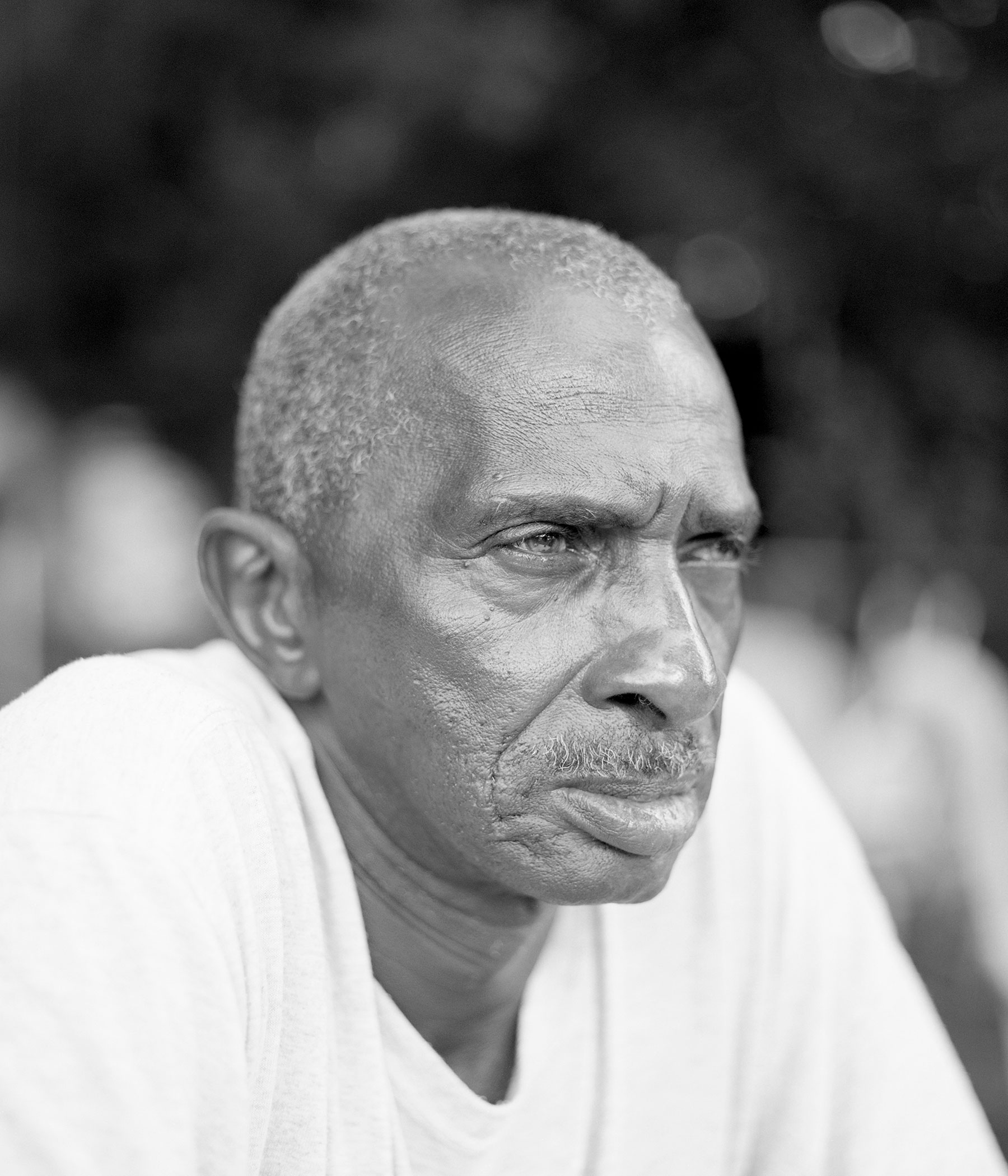
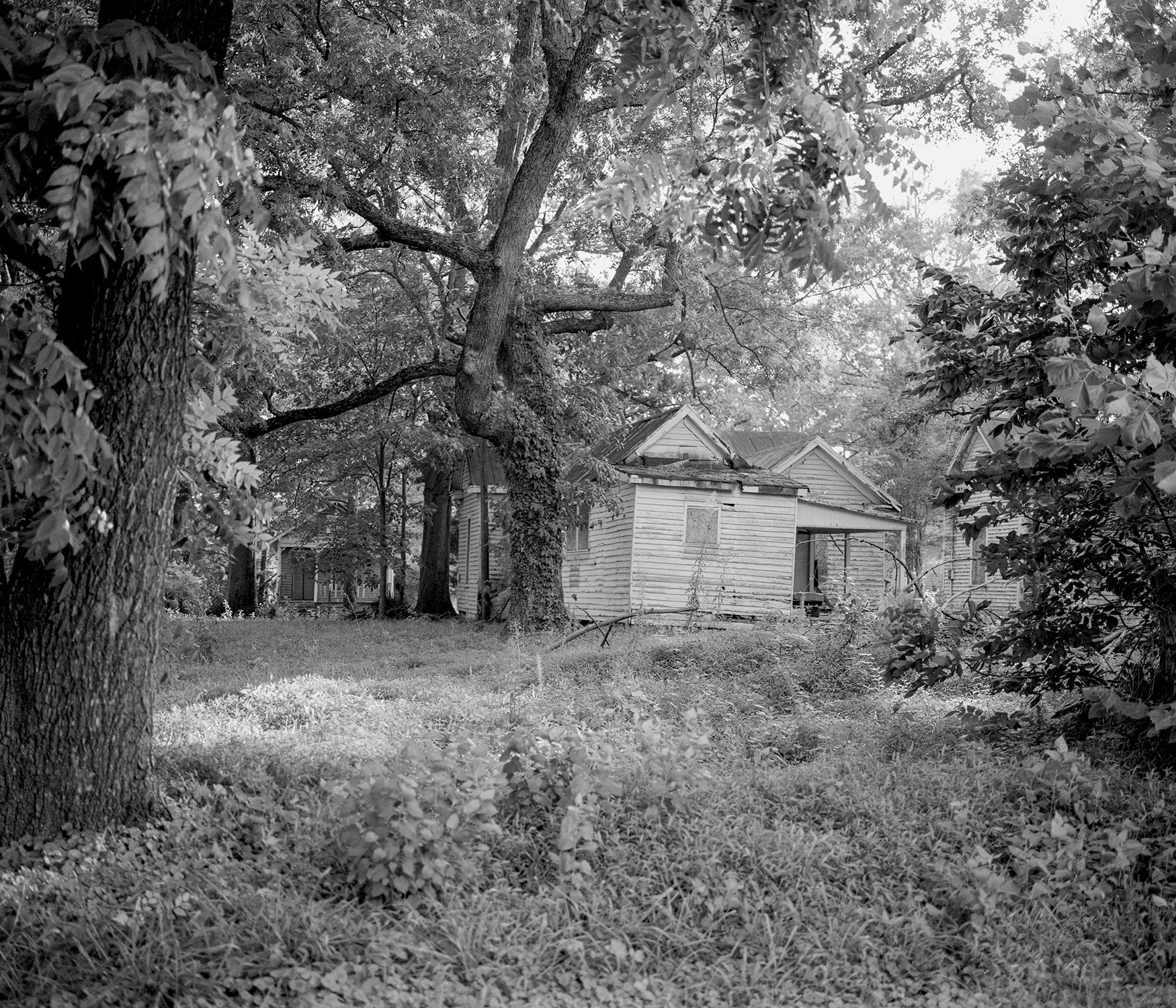
MPB: What are some of your biggest influences?
MRG: Just to mention a few: My mom (hola, Ma!), Oscar Wilde, Jorge Isaacs, Raymond Carter, Carlos Gardel, William Carlos Williams, Rusell Lee, Bill Burke, Judith Joy Ross, Chriss Killip, Marion Post Wolcott, Swampy, Bryan Schutmaat, Judith Black, Joshua Dudley Greer and Erinn Springer.
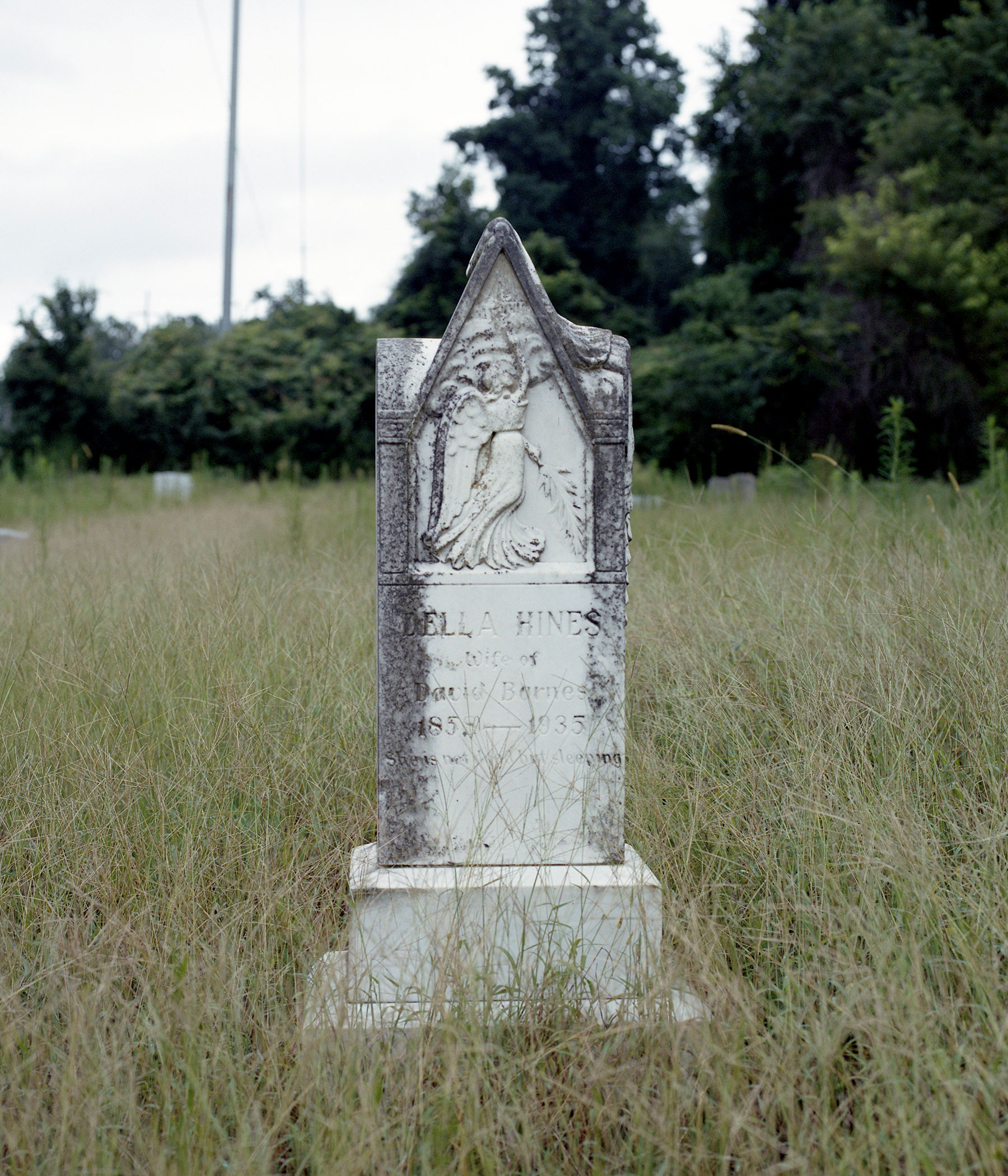
MPB: We attended your recent exhibition, Autumn Poems, which you curated. Could you tell us what inspired you to select these artists and the significance of combining photography with poetry?
MRG: The theme, autumn, came first. Then, it was a matter of thinking about whose images came to my mind. I almost immediately knew whose work conveyed the theme in the way I saw it, and luckily, they all wanted to take part. An otherworldly lineup: Austin Quintana, Adriana Ault, Chris Berntsen, Erinn Springer, Ian Lewandowski, Peyton Fulford, and the poet Jessy Edwards.
The selection was pretty straightforward. They all have really poetic images, and I was inspired by some of Julio Cortazar's poems, so I decided to reach out to the poet first, my dear friend Jessy Edwards. I had to start strong, and I knew she was familiar with Cortazar’s work, so I put all my trust in her hands and gave her only one instruction: “I need a poem about autumn.”
When you have a really tight deadline and you want to do something good, you have to follow your instincts and that's what I did when selecting the photographers. It was important for me to make the people going to see Autumn Poems feel like they were flicking through pages of a book of poems while looking at the photographs.
I want to mention that the show was made possible by the City Artist Corp Grant awarded to me by the New York Foundation of the Arts. The show was also a fundraiser. I wanted to use this opportunity to help my friends from Cypress Hills Child Care Center get a new playground mat for their children.
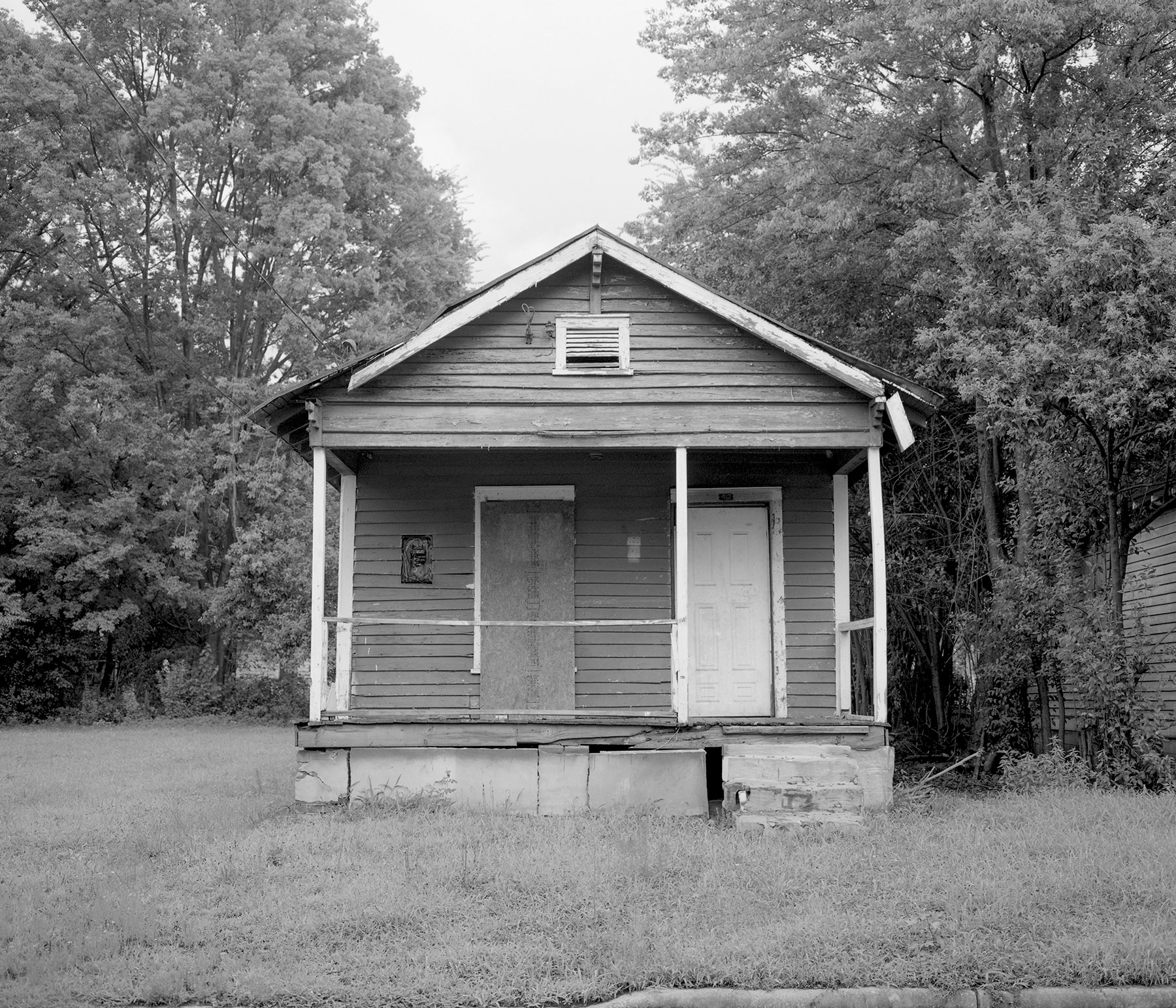
MPB: What about your plans for the future?
MRG: The future is uncertain. For my personal photography work, I definitely want to keep working on Chilluns' Croon and make a book with these photographs. And, eventually, find the right time and place to put up a gallery show.
I have so many new projects in mind, but not enough in my pocket to do it. Hopefully, I can get involved with another residency programme or grant to make it happen. I’m also open to assignments, all I want to do is create valuable work with important content.
As for Antics Publications, we are working on new projects with amazing photographers. Antics has been like seeing a dream come true. Not an easy dream, but I think that makes it more worthwhile. We have been able to create an amazing community of photographers and artists from all over the world and we want to keep working on it.
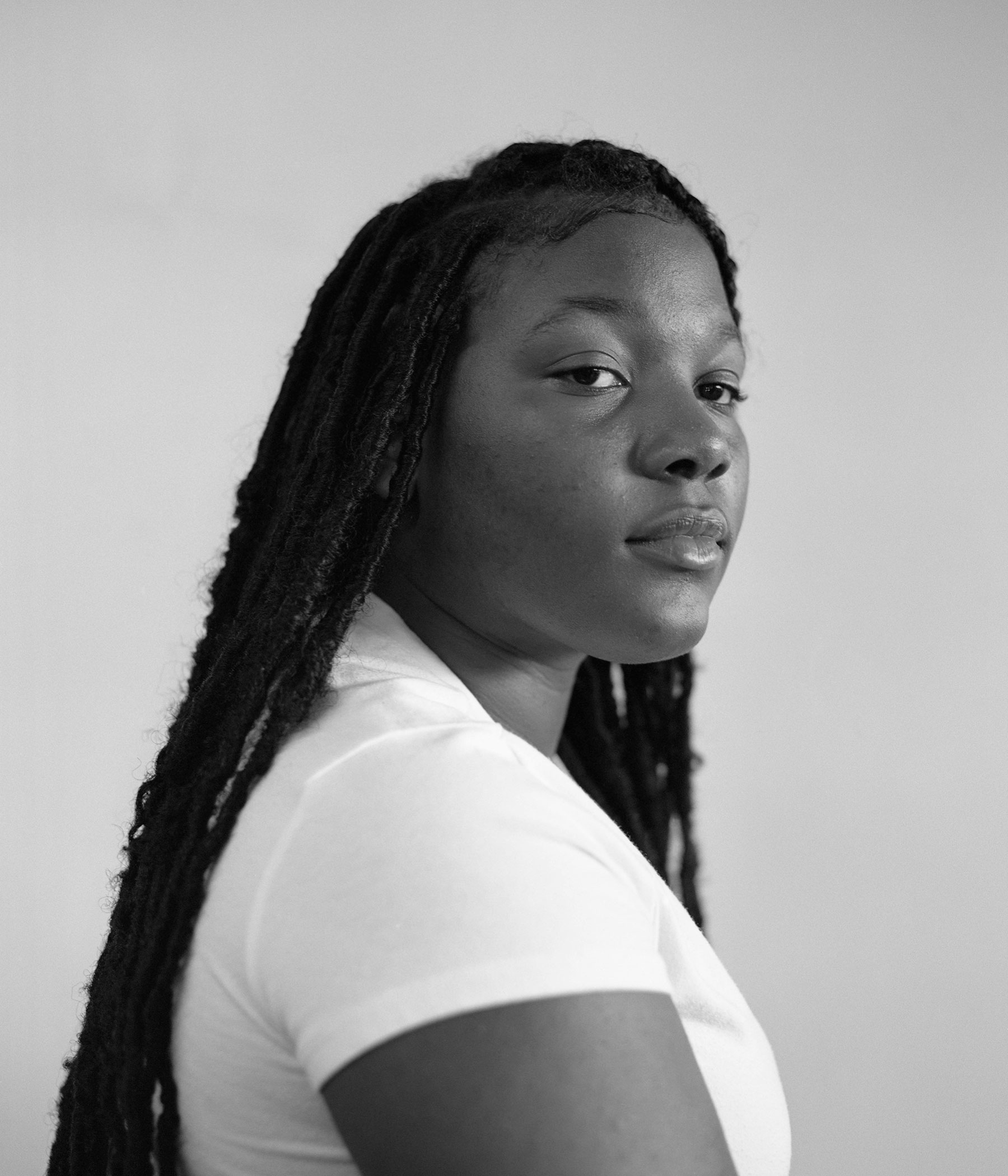
Read more interviews with photographers and filmmakers on the MPB Content Hub.
You can sell or trade your camera gear to MPB. Get a free instant quote, get free insured shipping to MPB and get paid within days.